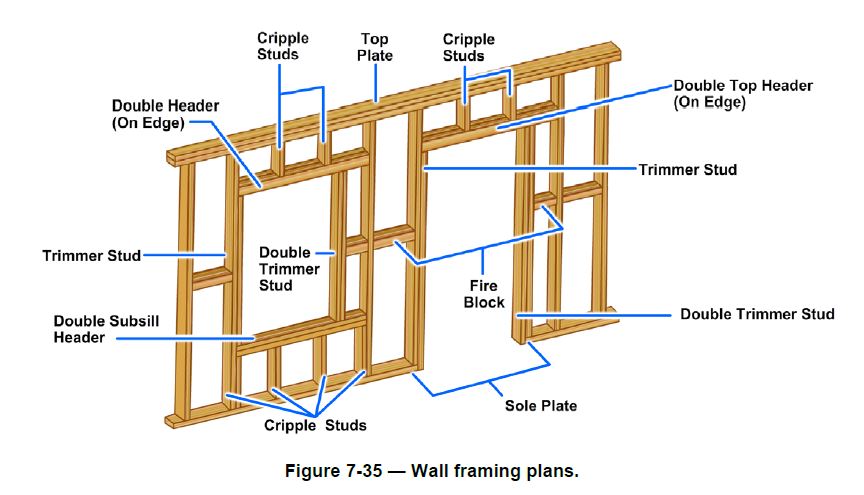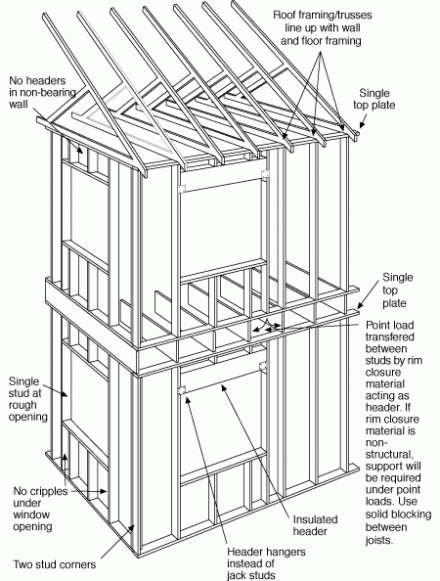Bridging for above grade concrete walls south florida construction i will be using an above grade concrete wall product called epic walls out of orlando fl franchaise subsidiary of superior walls known nationwide i believe for the first time.
Bridging in concrete walls above headers.
In masonry cavity walls insulation is typically placed between the two wythes of masonry as shown in figure 1.
Moisture control in basements begins with proper protection from liquid moisture such as from rain and wet soil.
To overcome bridging the wall friction must be reduced or prevented from occurring.
7 if the wall is substantially above grade condensation control recommendations for the appropriate climate discussed above should be followed.
Basements however have specific features that must be kept in mind when it comes to insulating the foundation from the inside starting with the fact that a variable portion of the walls is below ground.
Concrete masonry cavity wall.
Headers cap which of the following.
Which of the following should be installed after all of the walls are completed.
These walls will be taking the place of the traditional cmu concrete block walls and tie beam.
A properly insulated basement provides comfort and is a good way to save on your energy bill.
Cold bridging is caused by a colder element in the structure or fabric of the building allowing coldness to pass through.
Bridging is the name given to the self created arch that develops just above the outlet of a bulk material silo or hopper as it empties.
This is often caused by a combination of issues.
In both methods the headers are held in by the mortar bond of the bed joint for the stretcher courses above and below the diagonal header or concealed perpendicular header.
This provides a continuous layer of insulation which minimizes the effects of thermal bridging note that some references term the space between furring or studs as a cavity which differs from a masonry cavity wall.
Exterior walls of masonry construction shall be designed and constructed in accordance with this section and chapter 21.
A bridge forms when wall friction holds up the ends of the arch.
These considerations are addressed in tek 19 3a preventing water penetration in below grade concrete masonry walls ref.
Thermal modeling of exposed concrete slab edges and balconies with in north american wall assemblies thermal bridging at concrete slab edges results in heat bypassing the wall insulation reducing the effective r value of the entire wall.
Masonry units mortar and metal accessories used in anchored and adhered veneer shall meet the physical requirements of chapter 21.


























